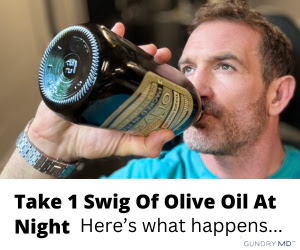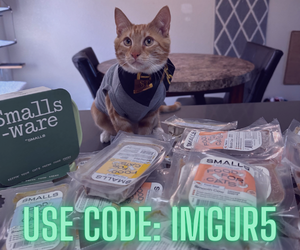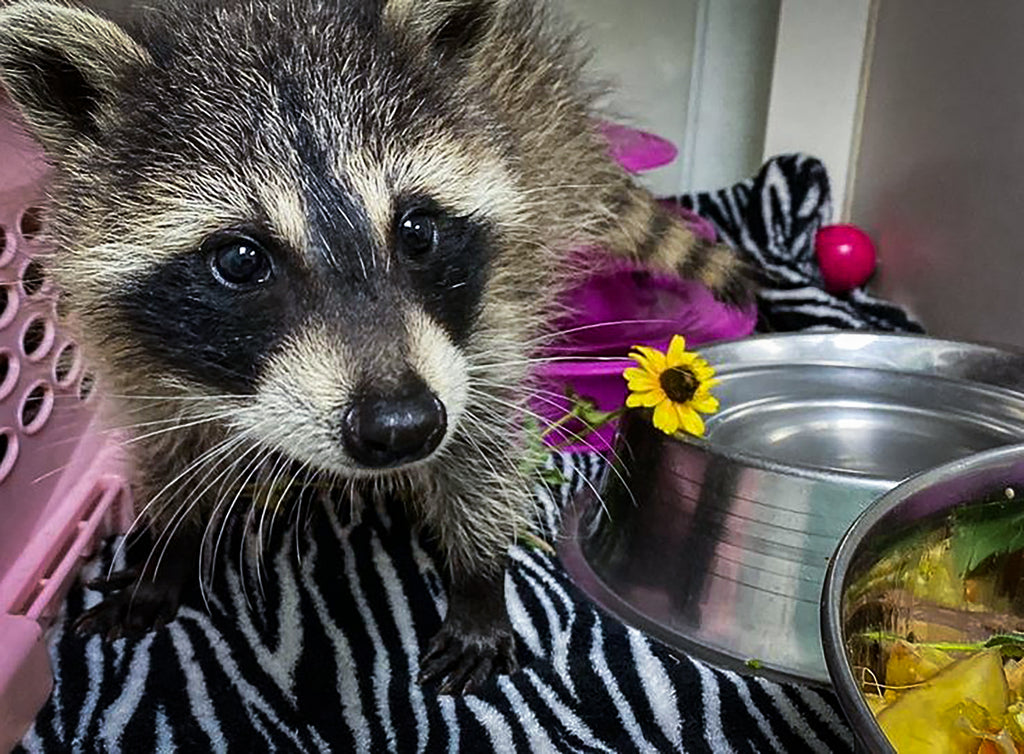The baby boomers, a generation that emerged in the aftermath of World War II, have undeniably left their impact. From economic prosperity to cultural shifts, their influence is palpable. But when it comes to their impact on food, let’s just say that legacy is a bit perplexing, if not horrifying.
Savory Jell-O Products
Plain Jell-O might be passable in some situations. Say you have food poisoning, and you’re desperate for some relief. Or, you’re in the hospital when the mere thought of consuming anything else is unbearable. But the monstrosity known as Jell-O salads is hand-down the absolute worst food to have come out of America in the 1970s.
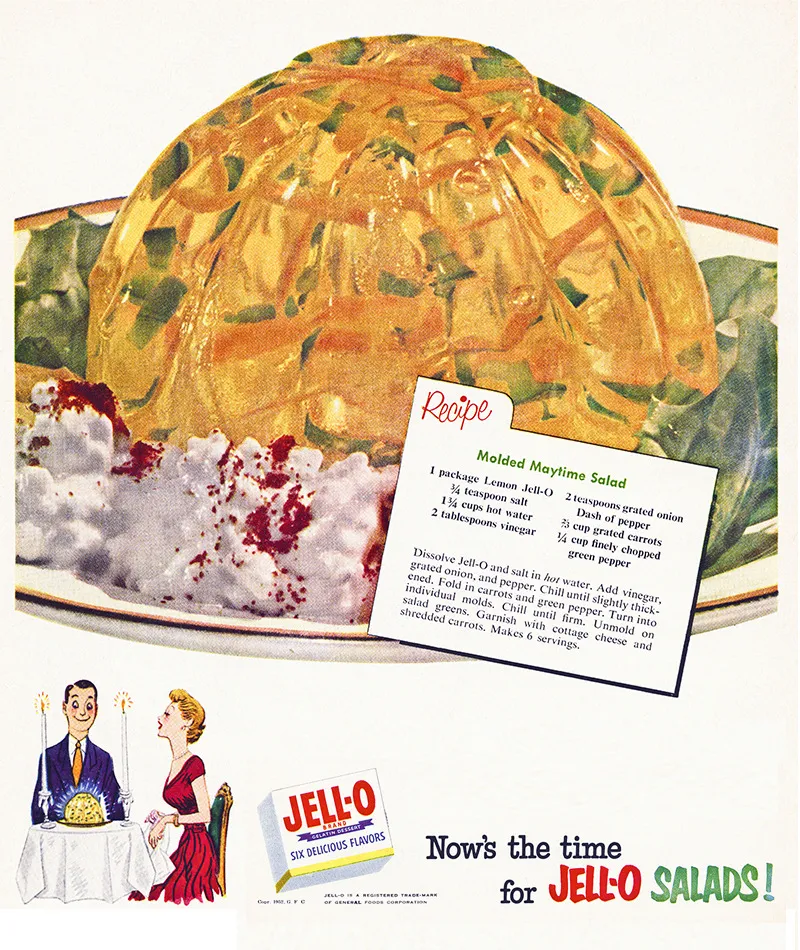
But here’s the kicker. “Jell-O for salads” doesn’t even contain actual vegetables. Instead, they’re flavored with a peculiar imitation vegetable medley seasoning. We’re baffled how this trend even began and managed to remain so popular. Jell-O as a substitute for vegetables. Now we’ve seen everything.
Cornflakes
If you’re a Boomer, chances are that you’re deeply nostalgic for brands like Kellogg’s Frosted Flakes K and Hostess. And when Saturday mornings meant plopping down in front of the TV, eyes glued to the screen, and a bowl of cereal in hand. But let’s take a moment to talk about the most snooze-worthy cereal to ever grace our breakfast bowls: cornflakes.
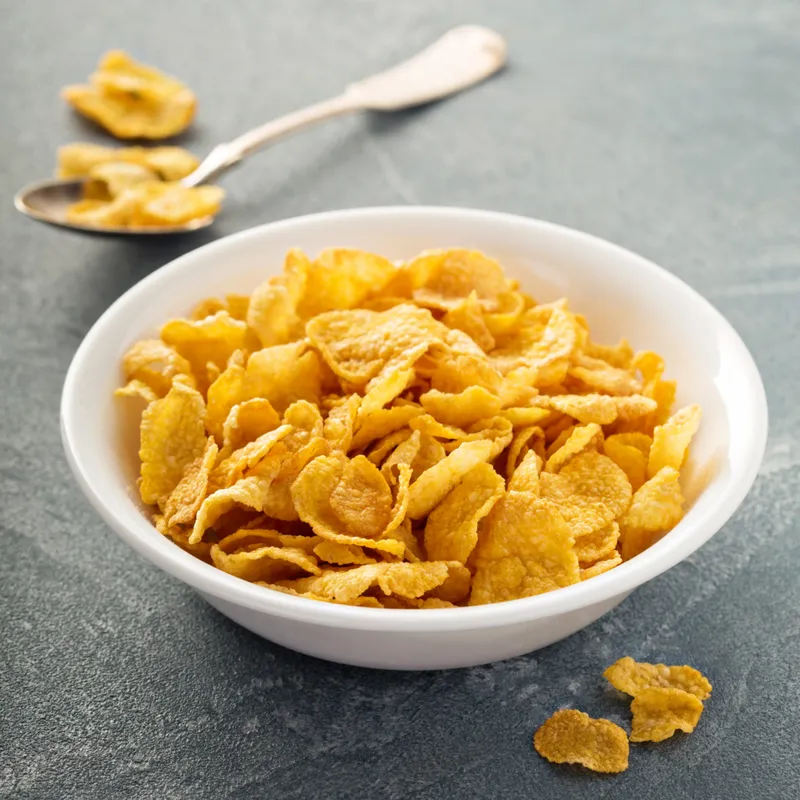
Admit it – cornflakes are the epitome of blandness. These toasted, flavorless flakes of corn put up zero excitement for the taste buds. We don’t get the appeal of a sad, soggy puddle of flavorless sorrow in milk.
Meat and Potatoes
Who needs a balanced diet when you can have a feast fit for a king? The Boomer mantra is more stodge, more meat, more carbs, please! Honestly, who can blame them? This generation lived through war rations, where every morsel counted. Vegetables? What vegetables? Unsurprisingly, this is a Millennial’s worst nightmare.
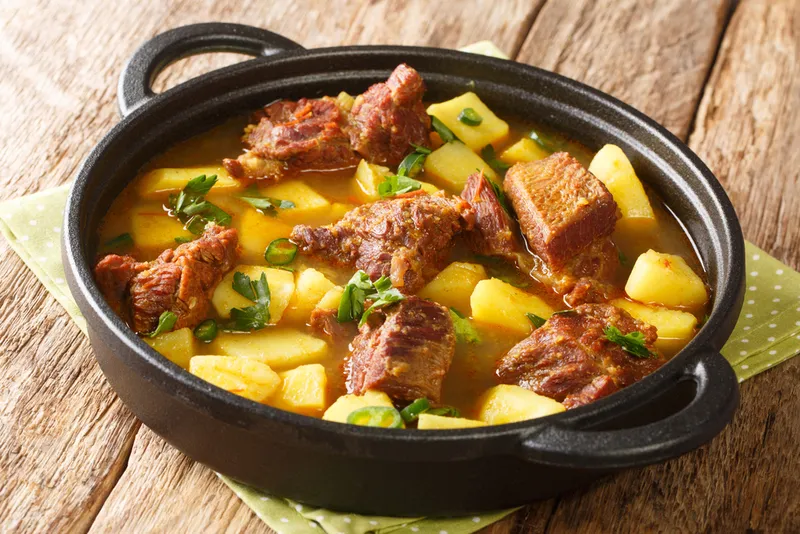
Meat and potatoes are alright together, and there are surely much worse foods out there. Still, this dish is screaming for fiber – even a leaf of some sort will do. Excessive red meat consumption and starchy carbs are not your best friends. Consider a humble lettuce leaf or two, just to balance things out.
“Italian” Food
Baby boomers love Italian cuisine. But let’s set the record straight: what they consider Italian food is far from authentic. Sorry to burst your spaghetti and meatball bubble, but those classics (along with garlic bread) aren’t exactly what you’d find on Italian dinner tables. The story of contemporary Italian food is complex. The massive wave of Italian migration to the United States created a unique culinary fusion.
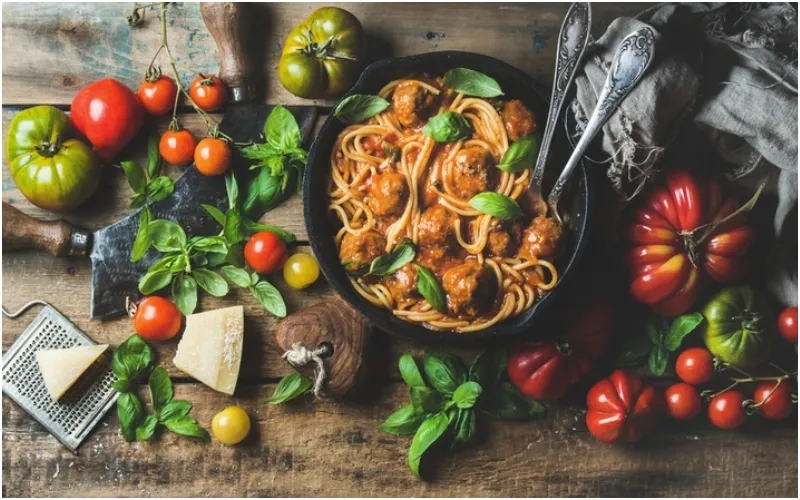
The food cultures of both countries became so intertwined that distinguishing one from the other has become an impossible task. One could argue that the “Italian” cuisine we know and love today is more American.
Vienna Sausage
First of all, meat should never come from a can, alright? It raises immediate red flags, signaling that whatever it’s referring to should be avoided at all costs. Let’s not overlook some of the alarming ingredients, from parboiled pork to sheep intestines.
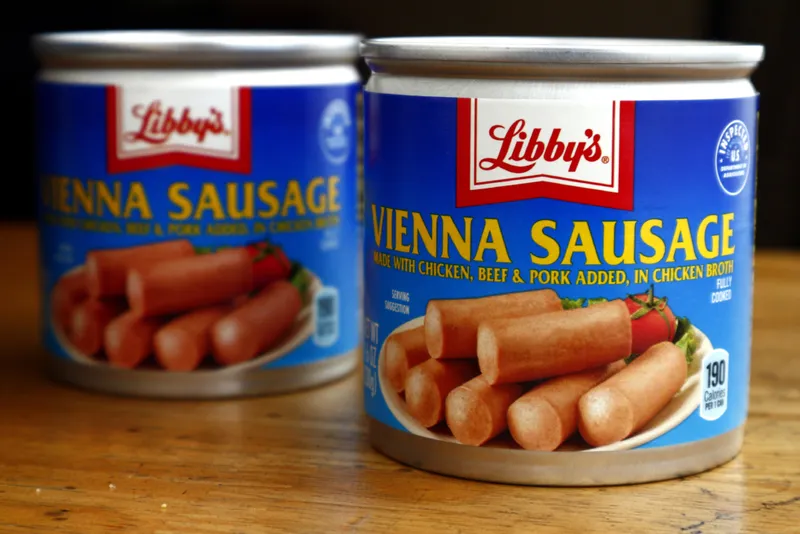
This monstrosity screams survival meal for those braving a zombie apocalypse or the end of the world as we know it. Baby Boomers still find these “sausages” oddly nostalgic or appealing in a bizarre way. We hope this oddity becomes a thing of the past. Fresh meat over weird stuff in a can, any day! It’s a no-brainer.
Buttermints
Raise your hand if you remember those mysterious candies your grandma used to have lying around. Yes, Buttermints! The strange mints with flavors that dangerously combine of mint and some kind of strange dessert. It’s probably not wise to blend these two distinct flavors in a candy, right? Plus, mints are meant to be a simple, refreshing treat to enjoy after a meal.
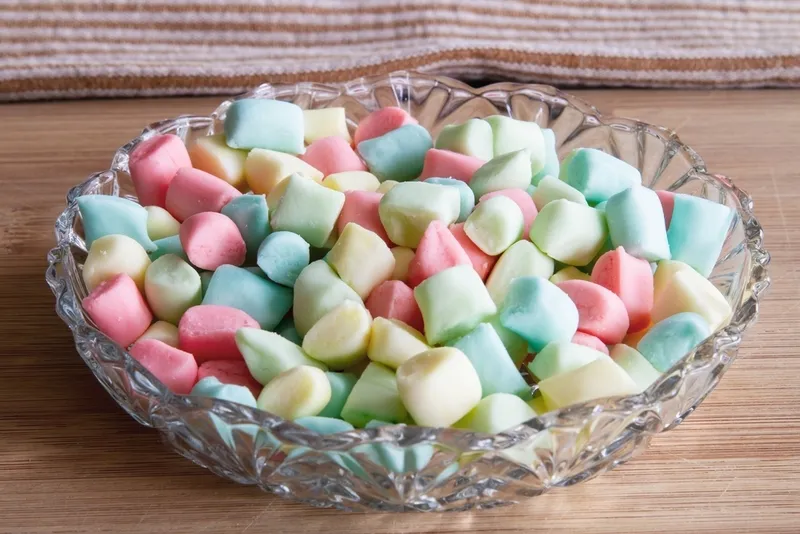
Leave it to the baby boomers to introduce an unexpected twist by fusing mint with dessert. And while they might sound like they have plenty of buttery, sugary goodness, buttermints taste terrible. Give us our regular mints any day!
Snackwell’s Low-Fat Foods
Fat-free cookies aren’t actually healthy, Baby Boomers! Sorry to burst your bubble, but it’s time to face the hard reality of your beloved cookies. When a cookie proudly claims to be “fat-free,” it has often been heavily processed and loaded with questionable ingredients to compensate for the lack of dietary fat.
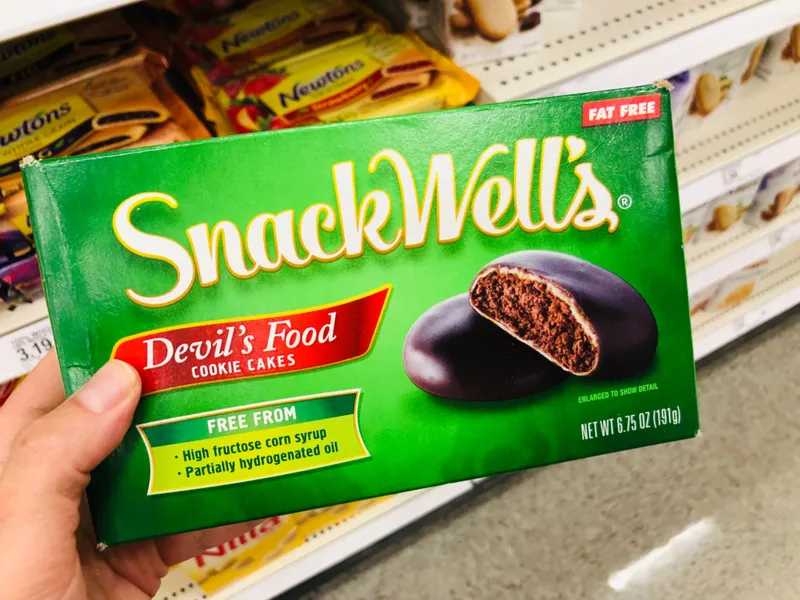
While you were indulging in those “guilt-free” treats, your bodies were silently paying the price. It’s high time baby boomers reevaluate their dietary choices unless they want to deal with diabetes and heart disease. Have you fallen into the fat-free cookie trap, or have you found healthier alternatives to satisfy your sweet tooth?






